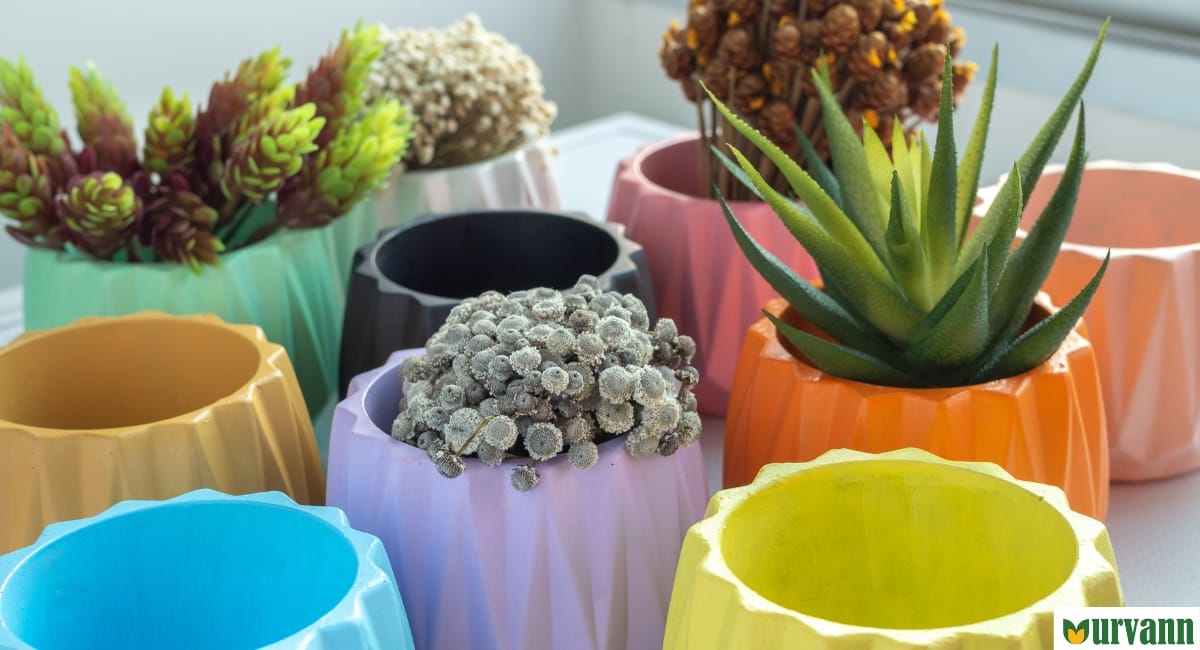In the realm of gardening, innovation continues to pave the way for more efficient and sustainable practices. One such innovation that has gained popularity among plant enthusiasts is the concept of self-watering plants. These ingenious setups offer a solution to the perennial challenge of maintaining consistent moisture levels in soil. In this exploration, we delve into the wonders of self-watering plants, uncovering their benefits, working mechanisms, and how they contribute to hassle-free gardening for both beginners and seasoned green thumbs.
.
The Innovation Behind Self-Watering Plants
Reservoir System
At the heart of self-watering plants is a reservoir system that mimics the natural process of soil hydration. A reservoir, usually located at the base of the planter, holds water that is gradually drawn up into the soil as the plant needs it. This innovative approach not only ensures a constant water supply but also minimizes the risk of overwatering, a common concern in traditional watering methods.
Capillary Action
The capillary action, a fundamental principle in fluid dynamics, plays a crucial role in self-watering systems. Soil acts like a wick, drawing water from the reservoir to the root zone as needed. This capillary action maintains a balanced moisture level, promoting healthier root development and overall plant vitality.
.
Benefits of Self-Watering Plants
Consistent Moisture
One of the primary advantages of self-watering plants is the ability to provide consistent moisture to the soil. This consistency is particularly beneficial for plants with specific water requirements, as it helps prevent both underwatering and overwatering scenarios.
Water Efficiency
Self-watering systems are inherently water-efficient. By delivering water directly to the root zone as needed, these setups minimize water wastage and promote a more sustainable approach to gardening. This becomes increasingly crucial in regions facing water scarcity or for individuals seeking eco-friendly gardening practices.
Reduced Maintenance
For busy individuals or those new to gardening, self-watering plants offer relief from the frequent watering routines. The reservoirs can sustain the plant for extended periods, reducing the need for constant attention and maintenance. This feature makes self-watering setups an ideal choice for indoor plants or outdoor containers.
.
How Self-Watering Planters Work
Water Reservoir
The reservoir, typically located at the bottom of the planter, holds water separately from the soil. This separation prevents direct contact between the plant's roots and the standing water, minimizing the risk of root rot.
Water Level Indicator
Some advanced self-watering planters come equipped with water level indicators. These indicators help gardeners monitor the water level in the reservoir, providing a visual cue for when it's time to refill. This feature enhances the user-friendly nature of self-watering systems.
.
Ideal Plants for Self-Watering Systems
Herbs
Herbs, with their diverse moisture requirements, thrive in self-watering planters. From basil to thyme, these culinary delights benefit from the consistent moisture levels provided by the system.
Succulents
Contrary to popular belief, certain succulents can flourish in self-watering setups. The key is to choose plants that are compatible with the reservoir-based watering approach and to allow the soil to partially dry out between waterings.
Indoor Plants
Self-watering systems are a game-changer for indoor plants. They offer a solution to the challenge of maintaining optimal moisture levels in indoor environments where conditions may vary.
.
Conclusion
The advent of self-watering plants represents a leap forward in sustainable and accessible gardening. Whether you're a gardening novice or a seasoned enthusiast, these systems offer a practical solution to the challenges of maintaining optimal moisture levels. Embracing self-watering setups not only simplifies the gardening experience but also contributes to water conservation and more environmentally conscious horticultural practices. As we continue to explore innovative ways to cultivate our green spaces, self-watering plants stand as a testament to the marriage of technology and nature, offering a harmonious solution for thriving gardens.


0 Comment